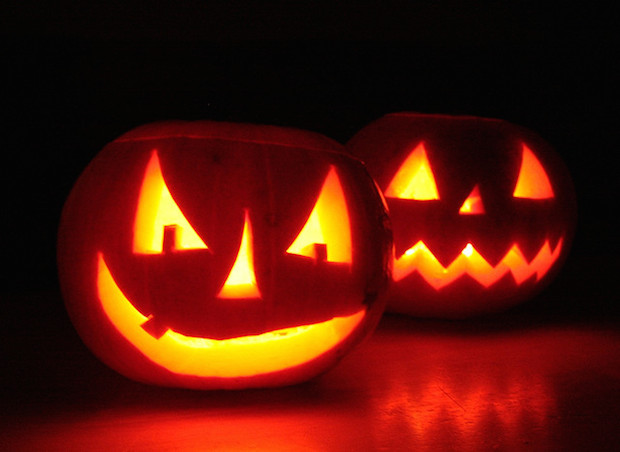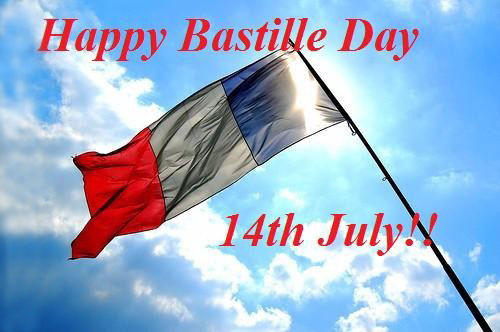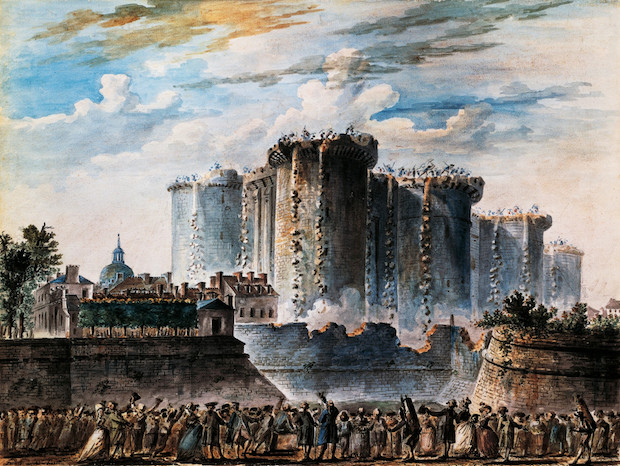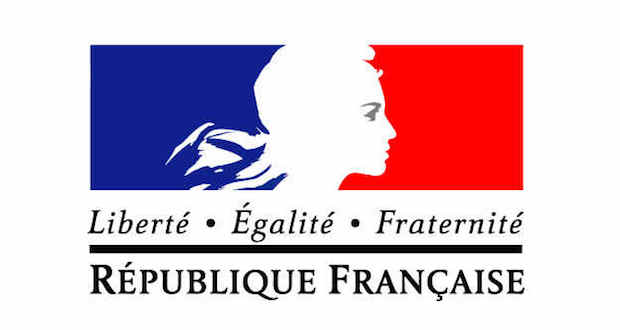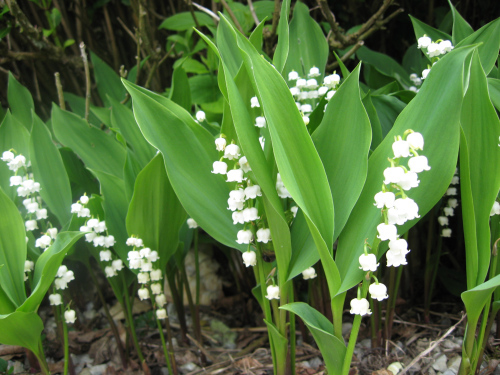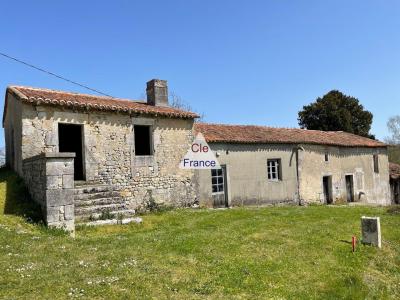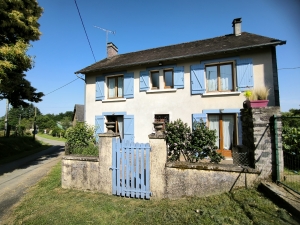Ghosts’n’Goblins: The Origins of Halloween
Soon, children in many countries will be donning their déguisements (costumes) and at crépuscule (dusk) will be headed out the door to make the rounds of their neighbourhood to celebrate Halloween.
Mais d’où vient cette tradition (But where does this tradition come from)? What exactly is Halloween? And does France even celebrate it?
Image by Pedro Ferreira on Flickr
Halloween, also called Hallows’ Eve, has roots in l’histoire ancienne (ancient history). It can trace its lineage back to the Celtic calendar festival of Samhain (literally “end of summer” in Celtic) in Ireland and Britain.
November 1 was set apart as the day to commemorate la fin de l’été (the end of summer) and to celebrate les morts (the dead). The emphasis on the supernatural during Samhain gave the festival an aura of peur (fear) during which people made sacrifices to the Celtic gods who played tricks on them. Fires were lit to ward off spirits and disguises were often worn pour se cacher des fantômes (to hide from ghosts).
The Roman festivals of Feralia merged with the rituals of Samhain when the Romans conquered the Celts in the 1st century A.D., thus adding to the mystique and folklore of Halloween.
Six hundred years later, La Toussaint (literally “All Saints’” Day) was promulgated by Pope Boniface IV and was to be celebrated on May 13. Families would gather to pay respects to loved ones they had lost and to honor the saints. Durant le Moyen-Âge (During the Middle Ages) the Catholic Church was the most powerful institution and in the 8th century, Pope Gregory III changed the date of La Toussaint to November 1, possibly to overshadow the pagan holidays. October 31st of every year became a “hallowed evening” and thus the term “Halloween” came into being. Today, November 1st continues to remain un jour férié (public holiday) in France where schools, restaurants, post offices, banks and other businesses are all closed. A similar tradition to La Toussaint takes place au Mexique (in Mexico) between October 31st and November 2nd called Día de Muertos (Day of the Dead) when those belonging to the Catholic faith visit les tombeaux (the graves) of their relatives to pay their respects.
Britain and Ireland continued celebrating Halloween as a secular holiday beyond the Middle Ages. British and Irish immigrants brought Halloween to the United States beginning in the mid-19th century and since then Halloween, much like Noël et Pâques (Christmas and Easter), has slowly morphed into a commercial “holiday” filled with costumes, trick-or-treating and copious amounts of bonbons (candy).
In France, Halloween has garnered little attention and is mostly a pretext for people to dress up and attend costume parties. Absent are the typical American costumes (superheroes) in favor of more macabre disguises (ghosts, zombies, etc.) typically associated with Halloween. Halloween remains an obscure holiday in France but you might find Jack-o’-lanterns and other decorations behind the windows of businesses and homes.
In honour of the holiday, a short 'scary' vocabulary list:
le déguisement, le costume – costume
se déguiser – to disguise oneself, dress up in a costume
une citrouille – pumpkin
la bougie – candle
les bonbons – candy
la peur – fear
avoir peur – to be scared
faire peur à quelqu’un – to scare someone
le sang – blood
les os – bones
le diable – the devil
le fantôme – ghost
l’épouvantail (m) – scarecrow
le sorcier/la sorcière – the sorcerer/the witch
l’araignée (f) – spider
la chauve-souris – bat
Will Halloween ever become a popular tradition in France?
It is doubtful. But the next time someone asks you about Halloween, you can impress them with your knowledge of its origins. If anything, it makes for good conversation.
Happy Halloween!
Blog submitted by: David at The French Property Network - Cle France.
This blog was originally posted on The French Language Blog pages.
We at Cle France are still working ergh! but... Happy Bastille Day to everyone!
What do people do on Bastille day?
Many people attend large-scale public celebrations. These often include:
Military and civilian parades.
Musical performances.
Communal meals.
Dances.
Balls.
Spectacular fireworks displays.
There is a large military parade in Paris in the morning of July 14. Service men and women from various units, including cadets from military schools, the French Navy and the French Foreign Legion, participate in the parade. The parade ends with the Paris Fire Brigade. Military aircraft fly over the parade route during the parade. The French president opens the parade and reviews the troops and thousands of people line the route. Other people spend the day quietly and eat a celebratory meal or picnic with family and close friends.
Some Helpful french phrases.
Cette semaine on fête le 14 juillet ou la fête nationale or Bastille Day as it’s known in English speaking countries. Le 14 juillet is something like la version française (the French version) of the fourth of July.
Pendant le 14 juillet there are a few big celebrations: le défilé militaire (the military parade) during the day and then at night les spectacle de feux d’artifice (the fireworks shows). However, cette semaine (this week) I learned something about les feux d’artifice that I didn’t know before.
Au 13 juillet, while at home I suddenly heard the loud bangs des feux d’artifice going off in the distance. I thought I’d missed le spectacle!
It turns out that les spectacles de feux d’artifice are spread out over a few days. Smaller towns have their spectacles earlier so that everyone is sure to come to the bigger cities during la fête nationale.
One other way to fêter (celebrate) is, bien sûr, to have a good time avec tes amis (with your friends). Just be careful, if you have too much fun you might wake up the next day with la gueule de bois (a hangover)!
Voici un petit vocabulaire de feux d’artifice :
Black snake - Pharaoh’s serpent le serpent du pharaon
Bottle - rocket la fusée
Firecracker - le pétard
Firework - le feu d’artifice
Fireworks show - le spectacle de feux d’artifice
Fountain - la fontaine
Roman candle - la chandelle romaine
Sparkler - le cierge magique
Public life
Bastille Day is a public holiday in France so post offices, banks, and many businesses are closed. Restaurants and cafes outside of tourist areas may also be closed. However, bakeries and some stores in Paris, as well as at airports and railway stations and along major highways, are open.
Public transport service schedules vary depending on where one lives and intends to travel. Roads in the centres of villages, towns and cities (particularly in Paris) may be closed for parades and other large public events.
Background
The Bastille is a medieval fortress and prison in Paris. Many people in France associated it with the harsh rule of the Bourbon monarchy in the late 1700s. On July 14, 1789, troops stormed the Bastille. This was a pivotal event at the beginning of the French Revolution. Fête de la Fédération was held on July 14, 1790. This was a way to celebrate the establishment of a constitutional monarchy in France.
Official celebrations were held in Paris on June 30, 1878, to honour the Republic of France. On July 14, 1879, more official celebrations were held. These included a military review in Longchamp near Paris and celebrations all over the country. A politician named Benjamin Raspail proposed that July 14 should become a holiday in France in 1880. The law was enacted on July 6, 1880. Bastille Day was a public holiday for the first time on July 14, 1880.
The military parade in Paris has been held every year since 1880, except during World War II. The Free French Forces paraded on this date in London, England from 1940 until 1944. Jean Michel Jarre held a concert in Paris that attracted one million people, then the largest recorded crowd at an outdoor concert, in 1979. Special celebrations were held for the 200th anniversary of the French revolution in 1989. The French football team became world champions on July 12, 1998. This sparked celebrations throughout France on Bastille Day.
Bastille Day celebrations are held in French communities and the Institut de France around the world. Such events in the United States are held in Milwaukee, Minneapolis, New York City, Philadelphia, San Francisco and Seattle. There are festivals of French culture in Franschhoek, South Africa, and Hungary.
Symbols
The Eiffel Tower in Paris and the French national flag, or tricolour, are important symbols of Bastille Day. The French national flag is one-and-a-half times as wide as it is tall. It consists of three vertical bands of equal width coloured blue, white and red. The same colours are displayed in bunting and banners of many shapes on Bastille Day. People may also wear clothing or face paint in these colours.
Blog submitted by: Alex at The French Property Network - Cle France.
Very soon, le quatorze juillet (July 14), is la fête nationale française, known in many parts of the world as Bastille Day.
If you are like many francophiles, you may think this day celebrates the storming of the royal prison of la Bastille on July 14, 1789, and you’d be right, but only partly so...
Officially established as la fête nationale (the national holiday) by the French Assemblé in 1880, the festivities do indeed celebrate the storming of the Bastille as the start of the revolution, but perhaps more importantly the 14th is also the anniversary of la Fête de la Fédération (a celebration of the ideals of the French Revolution – la liberté, la fraternité, et l’égalité / liberty, brotherhood, and equality – and of the nation) during which Louis XVI himself (before, of course, famously losing his head later!) and other representatives of the young republic swore an oath to the constitution, promising to uphold the laws of the new nation.
The ceremonies of this first Fête de la Fédération were led by the Marquis de LaFayette (whom Louis XVI had named as commander of the troops in Paris after his return from supporting the American colonists in their recent bids to win independence from the other great European monarchy of the day, Great Britain) and took place on the Champs de mars (named, not for the month of March, but for the Roman god of battle, Mars [Greek: Ares or Aries]) which is framed today by the Eiffel Tower at one end and Hôtel des Invalides at the other.
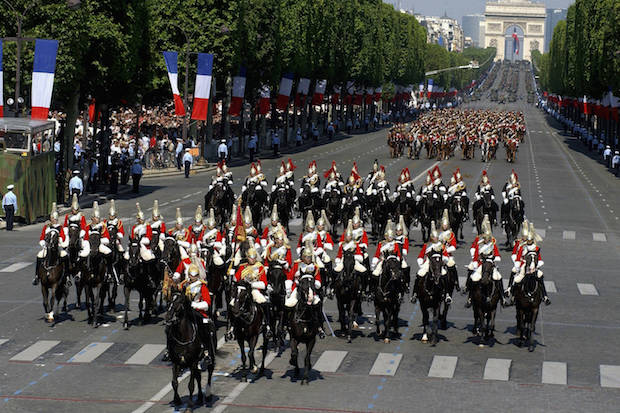
La nuit du 14 (the night of the 14th), we even went out to a night club after the final fireworks, danced till dawn, and then went back to the Champs-Élysées for le petit-déjeuner au levé du soleil! (breakfast at sunrise).
Blog submitted by: Alex at The French Property Network - Cle France.
July 14th (le 14 Juillet), Bastille Day, is the French national holiday commemorating the start of the French revolution in 1789. The end of the French revolution led to a series of Republics, one of the symbols of which is la Marianne.
Named for the two most common woman’s names at the time, Marie and Anne, Marianne is a national symbol of France representing liberty and the importance of reason. Her image appears on stamps, on government documents, and a bust of her appears in les mairies (the town / city halls) of France.
Early images of Marianne were based on anonymous models, however since 1969 they have been based on the features of famous woman including Brigitte Bardot, Catherine Deneuve, the model Inès de La Fressange, and more.
Blog submitted by: Alex at The French Property Network - Cle France.
May Day / La Fête du Muguet in France is a public holiday / a jour fériés to celebrate workers rights! in the UK we tend to move public holiday days to the Monday but as with most jour fériés in France they stay on the day the occur. It is also an occasion to present Muguet / Lily of the Valley or dog rose flowers to loved ones, friends and neighbours. The day is also known as La Fête du Travail which never seems to happen in the Cle France Office!
So what do people do?
People in many areas give bouquets of Muguet / Lily of the Valley or dog rose flowers, I knew a friend who would cycle around the village and surrounding villages, in a rural corner of Mayenne, giving out single stem of Muguet to all her friends and take all day doing it!
The custom is particularly common in the area around Paris known as Ile-de-France. Families with children in the rural areas get up very early in the morning and go into the woods to pick Muguet. Individuals and flower stalls in urban areas sell bouquets of Muguet / Lily of the Valley on May 1st if you don't want to go and pick some yourself. There are special regulations that allow people and some companies to sell these flowers on May 1st without paying tax or complying with retail regulations, kerching!
In industrial towns some trade unions use the day to campaign for workers rights. Some people or even large organisations also use the day to campaign for human rights in general or to demonstrate against racism or highlight current social issues.
Jour fériés:
May 1st is a public holiday. Post offices, banks, stores and other businesses are closed, Cle France remains open in the UK. Outside of tourist areas, restaurants and cafes may be closed. However, some stores in Paris, and other major towns and cities will be open. Public transport service schedules vary depending on where you live and where you want to go to. Parades and demonstrations may cause disruption to traffic in the center of large cities, particularly Paris, Reims, Rennes and Rouen.
Now for the History Lesson:
King Charles IX of France was presented with Muguet / Lily of the Valley flowers on May 1st 1561. He liked the gift and decided to present Muguet / Lily of the Valley flowers to the ladies of his court each year on May 1st. Around 1900, men started to present a bouquet of flowers to women to express their affection. The flowers are a more general token of appreciation between close friends and family members these days and has not bee turned into a second Valentines day.
The eight-hour working day was officially introduced in France on April 23, 1919, and May 1st became a public holiday. May Day was not observed during World War II. However, May 1st became a public holiday again in 1947 and officially became known as La Fête du Travail (Labor Day) on April 29, 1948. Since then, it has been an occasion to campaign for and celebrate workers' rights.
We know it as just goof old fashioned May Day but, of course, it is also known as Labor Day in other parts of the world.
Symbols:
Muguet / Lily of the Valley and dog rose flowers are symbols of May Day in France.
The Romance:
Ever since its introduction from Japan to Europe in the Middle Ages (bet you did not know that!) Muguet / Lily of the Valley has been regarded as a lucky charm by the Celtic folks from many countries.
There was also an old European tradition of 'bals de muguet' or Muguet dances; once a year, this was a rare occasion for young singles to meet without having to get parents’ permission. The girls would dress in white and the boys would wear a sprig of muguet as a buttonhole, how very quaint.
From around 1900, it became traditional in France for men to present a bouquet of flowers to their sweethearts to express their love and affection. Nowadays, sadly of course, the romance has drifted out of the tradition and 'Muguet ' flowers are really only given as a general token of appreciation between close friends and family members.
Blog submitted by: Sharon at The French Property Network - Cle France.
